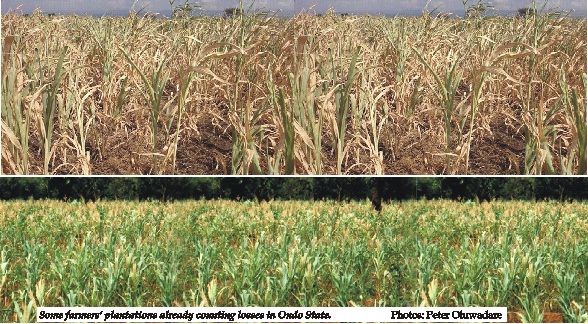Ethics of keeping objects in the museum
By Yemisi E. Umogbai
|
A museum is established not for profit making. It is a permanent institution, open to the public. It acquires documents and exhibits, for the purpose of study, education and enjoyment. It collects material evidence of man and his environment.
Collection is the starting point of any museum activity hence the popular saying: no collection, no museum. Most museums have their main objectives in the collection of tangible objects which they care for and hold in trust for the public and future generations. There is therefore the need for professionalism in every aspect of museum work. This enables the museum workers or professionals to discharge their responsibilities to the collections and the public for whom the collections are kept.
Collection ethics deal with the morals which must be observed during any collecting activity. It is the code of conduct that guides professional collecting and museum collections. The following are the ethics of collecting.
The first ethic is management and maintenance. It is the responsibility of those in charge of the collections to ensure that there is storage of information in orderly and retrievable forms. It is therefore the ethical duty of a museum to transfer to the future generations, the records of our cultural heritage so that they can be in control of these collections by knowing the location, history and conditions of the objects which the museum keeps. Safety and security are very important considerations in management of museum collections. Security in this sense involves the protection of the museum building, staff, objects, environment and the public from any form of danger. Objects should be carefully arranged to avoid damages. All windows and doors should be closed when objects are received. Only professionals should be allowed into the storage area. No objects should be handled carelessly. Objects of similar nature should be kept in the same place for good care, easy accessibility and future reference. All objects must be kept in good condition in order to last long.
The second ethic is commercial use. In preparing for the reproduction or sale of replicas, great effort must be made to see that such objects and materials can be identified for what they are, and the accuracy and high quality of their reproduction must be ensured.
The third ethic is that acquisition of objects and specimens must be based on the collecting policy of the museum or the institution that owns the museum. However, acquisition policy is not static. It should reflect the changes in the environment, cultural, educational and development trends. Objects acquired must be properly documented.
The fourth ethic is conflict of interest. Museum professional should never abuse their official position or compete with their institution or bring discredit or embarassment to the museum in any of their activities. For example, a museum employee should not acquire objects from the museum collection unless such a process is made through appropriate disposal process. No staff of the museum should buy, sell or participate in the sale or use of any objects for personal purposes.
The fifth ethic is accessibility. The public is entitled to have a reasonable access to the museum collection but the museum has a primary obligation of safeguarding its objects and specimens. Therefore, it must regulate access to them.
The sixth ethic is truth in presentation. Intellectual honesty, objectivity in the presentation of objects and specimens to the public both now and for future generations, must be adhered to by every museum professional.
A museum’s prime responsibility must be to maintain its collections and to do everything possible to delay the natural laws of deterioration. The acquisition of an item almost certainly bring it into a new and potentially alien environment. Material that has been recovered from the ground through archaeological excavation may need immediate treatment to stabilize it. Many of the materials from which objects are made are inherently unstable and undergo chemical and structural change as they age. A new or shifting environment can accelerate these changes. Temperature, light, humidity, and human and other biological factors all need to be controlled. In addition, conservation involves the treatment and where feasible and acceptable, the restoration of objects as nearly as possible to their former condition.
Museum storage conditions are meant to protect the objects so as to minimize any deterioration. This often means keeping objects in the stable climate, preventing exposure to pest, minimizing any poor handling issues and using only archival materials that will not deteriorate or harm the objects. Objects’ safety also include providing appropriate security and planning for disasters and other threats including making sure that museum staff are trained in proper handling procedures.
Umogbai writes from National Museum, Akure









